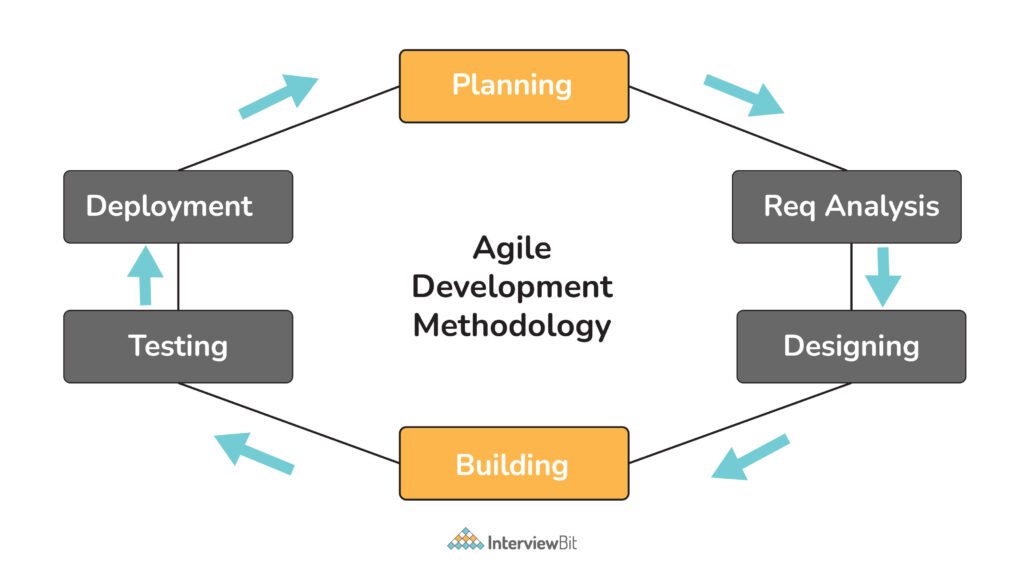Game developers need to choose the appropriate development methodology to ensure a successful game development process. Agile development methodologies prioritize customer satisfaction by delivering a working product incrementally and responding quickly to change. Using an agile development methodology in game development can provide faster iterations, better quality, improved communication, and increased flexibility. Implementing agile methodologies requires a shift in mindset and culture and involves forming a cross-functional team, defining sprint goals, prioritizing backlog items, conducting frequent testing and feedback, and adapting to changing requirements. The benefits of agile methodologies can greatly enhance the game development process, resulting in a better game and happier players.
Leveling up Game Development: The Importance of Agile Development Methodologies
Game development is a complex process that involves numerous stages such as planning, designing, coding, testing, and deployment. To ensure a successful game development process, game developers need to choose the appropriate development methodology.
Introduction to Agile Development Methodologies
Agile development methodologies are iterative and incremental approaches to software development that prioritize customer satisfaction by delivering a working product incrementally and responding quickly to change. Agile methodologies have gained widespread popularity in recent years due to their ability to adapt to changing requirements, reduce project risk, and improve team collaboration.
Why Agile Development Methodologies Matter in Game Development
Using an agile development methodology in game development can provide several benefits, including:
- Faster Iterations: Agile development methodologies emphasize delivering small, incremental changes frequently, allowing developers to respond quickly to feedback from players and stakeholders.
- Better Quality: Agile methodologies prioritize continuous testing and feedback, which helps identify and fix bugs early in the development process.
- Improved Communication: Agile methodologies promote frequent communication and collaboration among team members, reducing the risk of miscommunication and ensuring that everyone is on the same page.
- Increased Flexibility: Agile methodologies allow developers to adapt to changing requirements and new features, making it easier to pivot if necessary.
Implementing Agile Development Methodologies in Game Development
Implementing agile development methodologies in game development requires a shift in mindset and culture. Here are some steps to follow:
Step 1: Form a Cross-Functional Team
Agile development methodologies require a cross-functional team consisting of developers, designers, testers, and other stakeholders. This ensures that everyone is involved in the development process and can provide feedback on the game design and functionality.
Step 2: Define Sprint Goals
Sprints are short periods of time (usually 1-4 weeks) in which the development team works on specific goals. Before each sprint, the team should define clear and achievable goals that align with the overall project vision.
Step 3: Prioritize Backlog Items
The product backlog is a list of features or items that need to be developed. Prioritizing these items ensures that the team is working on the most important features first.
Step 4: Conduct Frequent Testing and Feedback
Agile development methodologies require frequent testing and feedback to identify and fix bugs early in the development process. The development team should have a testing plan in place and incorporate feedback from players and stakeholders regularly.
Step 5: Adapt to Changing Requirements
Agile development methodologies emphasize flexibility and the ability to adapt to changing requirements. The team should be open to changing features or designs as needed to ensure the game meets player expectations.
Conclusion
Agile development methodologies provide several benefits for game development, including faster iterations, improved quality, better communication, and increased flexibility. Implementing agile methodologies requires a shift in mindset and culture, but the benefits can greatly enhance the game development process, resulting in a better game and happier players.
